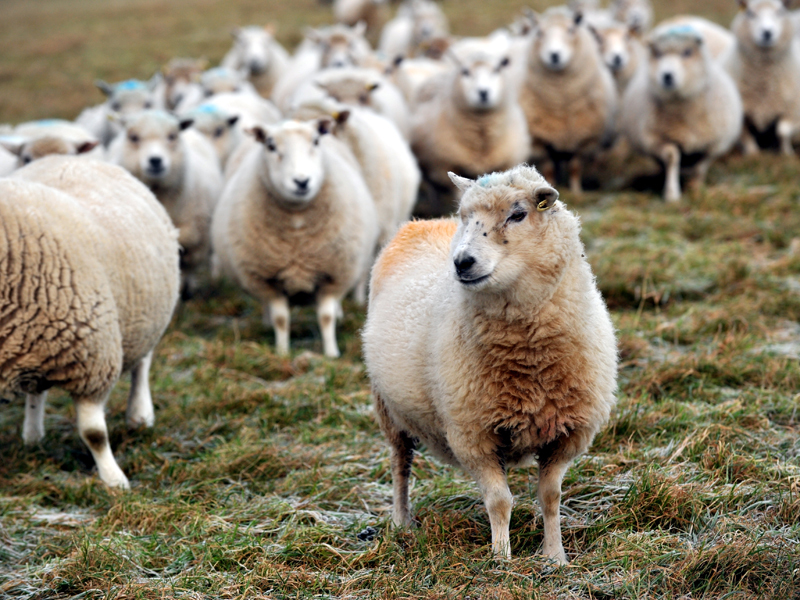Scottish farmers and crofters have finally been given clarity on the minimum activity rules, also known as the Scottish clause, being implemented as part of the new Common Agricultural Policy.
The Scottish Government has confirmed the requirements a farmer will have to meet in order to qualify for direct subsidy support on rough grazing land under the new regime, which kicks off on January 1, 2015.
The new rules, which the government says are simplified, state that farmers or crofters with agricultural land that is classed as ‘naturally’ in a state that is suitable for grazing or cultivation – this is all rough grazing in Regions 2 and 3 under the new area-based payments scheme – must have a minimum stocking density of 0.05 livestock units per hectare for 183 days of the year, or where justified, a stocking density in line with the carrying capacity of the land, or the vegetation will need to be cut on an annual basis.
Farmers with land that is classed as having to be maintained in a state suitable for grazing or cultivation, will need to take steps to “control injurious weeds and maintain features normally associated with active grazing on this kind of land”.
Clarification of the rules was welcomed by NFU Scotland.
The union’s director of policy Jonnie Hall said: “The announcement from the Scottish Government confirms a minimum stocking requirement but also permits grazing to a level more in line with the carrying capacity of the land and so should not freeze out genuinely active, but nevertheless, very extensive hill farms and crofts.
“The requirement to cut vegetation if there is no livestock grazing must be implemented across every claimed hectare, otherwise Scotland’s limited direct support budget could bleed to empty hillsides.”
He said it was vital that the system excluded “inactive or token farming” in order to protect payments for genuine farmers and crofters.
